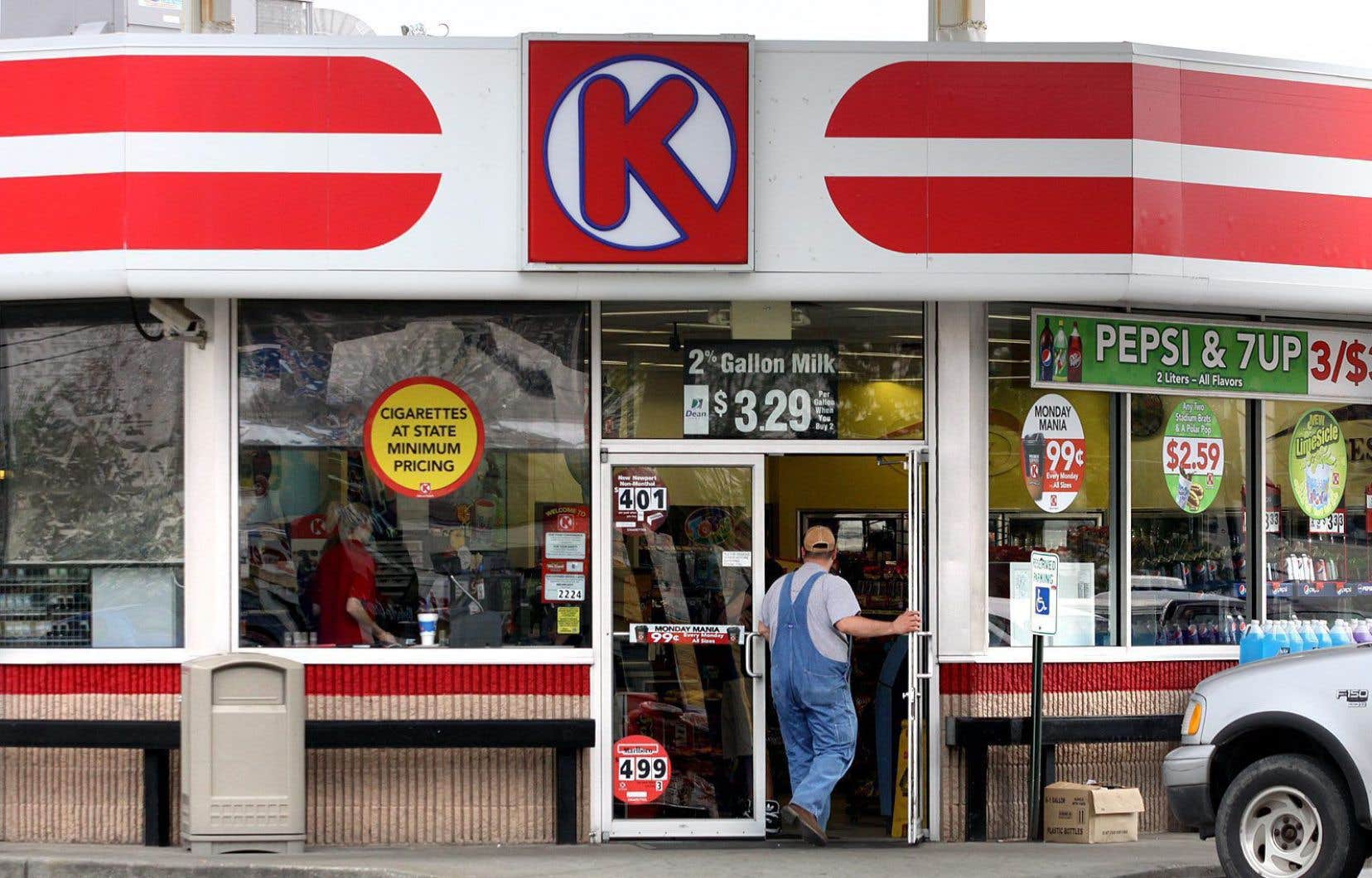Cigarette consumption is down in the United States, and Alimentation Couche-Tard wants to deploy a “very targeted” promotional offensive to slow this decline in its American stores. The strategy is however denounced by a group of fight against the tobacco addiction.
“Our numbers look like the trend in the industry, but we have to do better than the industry,” the CEO of the Quebec company, Brian Hannasch, said on Wednesday during a conference call on the results. of the fourth quarter.
To achieve this objective, Couche-Tard intends to take advantage of its loyalty program in its American stores. “We are going to think about how to use these tools in a very targeted way to generate more sales in the category of combustible products, particularly tobacco. »
The promotional effort displeases the United States Lung Association, which calls the strategy “cynical.” “We see that it is not just tobacco producers, but also convenience stores, who continue to promote their deadly products to as many people as possible,” denounces in an interview the association’s public policy officer, Michael Seilback.
When companies do promotions, it’s one more way the industry knowingly uses to keep [les fumeurs] dependent.
This kind of effort can make it even more difficult for those who want to quit smoking, he says. “Nicotine is one of the most addictive products, and most smokers want to quit. When companies promote, it’s one more way the industry knowingly uses to keep them hooked. »
It was not possible to obtain an immediate reaction from the company to Mr. Seilback’s remarks at the end of the afternoon.
In the United States, the sale of cigarettes at a discount through a loyalty program is allowed, according to an industry conduct guide published in March 2023 by the Food and Drug Administration, the equivalent of Health Canada in the United States. “For example, the sale of a subscription to a program that offers a 10% discount on tobacco would not be prohibited,” the document reads.
Couche-Tard’s strategy should be a “warning signal” showing the need for tougher regulations, believes Mr. Seilback. He points out that this type of ban already exists locally in some places in the country. “It is imperative that the price of tobacco remains high. Retailers know that discounts make people buy more. »
Tobacco sales down
Tobacco consumption is declining in the United States, and the stores of Couche-Tard, which operates the Circle K brand south of the border, are no exception to this trend. About 11% of Americans said they were smokers in 2022, a historic low, according to a survey from the Centers for Disease Control and Prevention released last April. This rate was 12.5% in 2020 and 2021.
Tobacco products helped Couche-Tard generate sales of US$6.39 billion across all regions where the company operates in fiscal 2023 ending April 25. Last year, this amount was 6.48 billion.
Cigarette sales are also under pressure in Canada. Brian Hannasch attributes these difficulties to the strength of the illicit market in the country. “It’s sad,” he laments. The illicit market is approaching 40% of the total volume. »
This time last year, Couche-Tard speculated that the rising cost of living linked to soaring inflation had given impetus to the illicit market in Canada. “There seems to be a transfer to the black market,” said the chief financial officer, Claude Tessier, in June 2022.
Big margin in gasoline
The operator of convenience stores and service stations had announced the day before results that exceeded analysts’ expectations in the fourth quarter ended April 25.
The Laval company’s net profit increased by 40% to reach US$670 million. Adjusted diluted earnings per share reached 71 cents. Revenues, for their part, reached 16.26 billion, a decrease of 1%. Prior to the earnings release, analysts were expecting earnings per share of 49 cents, according to financial data firm Refinitiv.
The results stand out with high margins in the fuel sector, notes analyst Martin Landry of Stifel GMP. “To our surprise, margins remain strong at 45 cents per gallon, better than our forecast of 37 cents per gallon. It outperforms the industry by more than 20%. »
During the conference, Brian Hannasch said that the discrepancy was due to a “hundreds of little things”, including the internal management of a greater part of the transport of fuel
